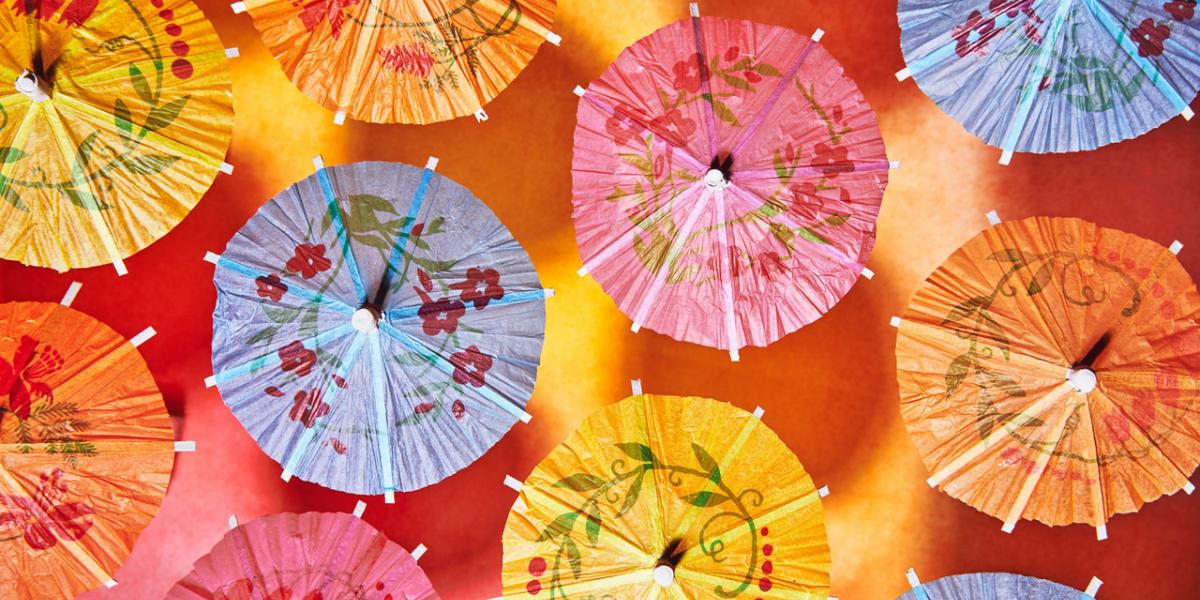Submitted by Alusiv on
By Rob Walker | Feb. 11, 2011
Since January 2004, when this column first appeared, the American consumer zeitgeist has evolved. Some argue, in fact, that a decisive change has occurred, and that a result of the wrenching economic downturn is that we just don’t care about stuff anymore. I suspect this conclusion is rash.
There are, however, interesting traces in the culture that suggest somewhat more subtle shifts — attempts, perhaps, to reconcile the more virtuously possession-resistant stance that some now strike with the stubborn reality that, ultimately, people really like stuff. A good example is the surprising success of certain online projects devoted exclusively to lovely photographs of carefully arranged groups of objects. This might sound not only out of sync with a professed societal object ambivalence, but also a bit dull.
....
What is the appeal? Partly these images simply carry on the long history of the still life, a genre whose attraction, as the poet Mark Doty observed in his book “Still Life With Oysters and Lemon,” has less to do with documentation than with capturing a way of seeing, “a stance toward things. . . . A faith that if we look and look we will be surprised and we will be rewarded.”
....
Yet the visual language these contemporary projects use to address object culture itself differs from, say, naturalistic arrangements of ripe fruits and fine silver by painters in 17th-century Holland. For starters, the most satisfying examples now often depict more workaday stuff, treated with an unusual level of observatory respect; they frequently echo the “humble masterpieces” featured in a Museum of Modern Art exhibition of that name several years ago: just as that show prodded viewers to reconsider the paper clip or the matchstick as “marvels of design,” these (humble) blogs recontextualize things most people ignore. Perhaps some of us are in more of a mood to accept beauty in the everyday, rather than aspire to the latest gleaming luxury.
And then there’s the way this stuff is arranged. There’s certainly nothing naturalistic about it; these are practically inventories. It has become a cliché to talk of “curation” as the great skill of the info-saturated online world, but probably what matters here is the overt display of that skill — the de facto announcement that someone is in charge. After too many years when stuff seemed to rule many lives, these things have been culled, sorted and mastered.
....
Check out collection sites such as Austin Radcliffe's Things Organized Neatly and Lisa Congdon's A Collection A Day 2010




